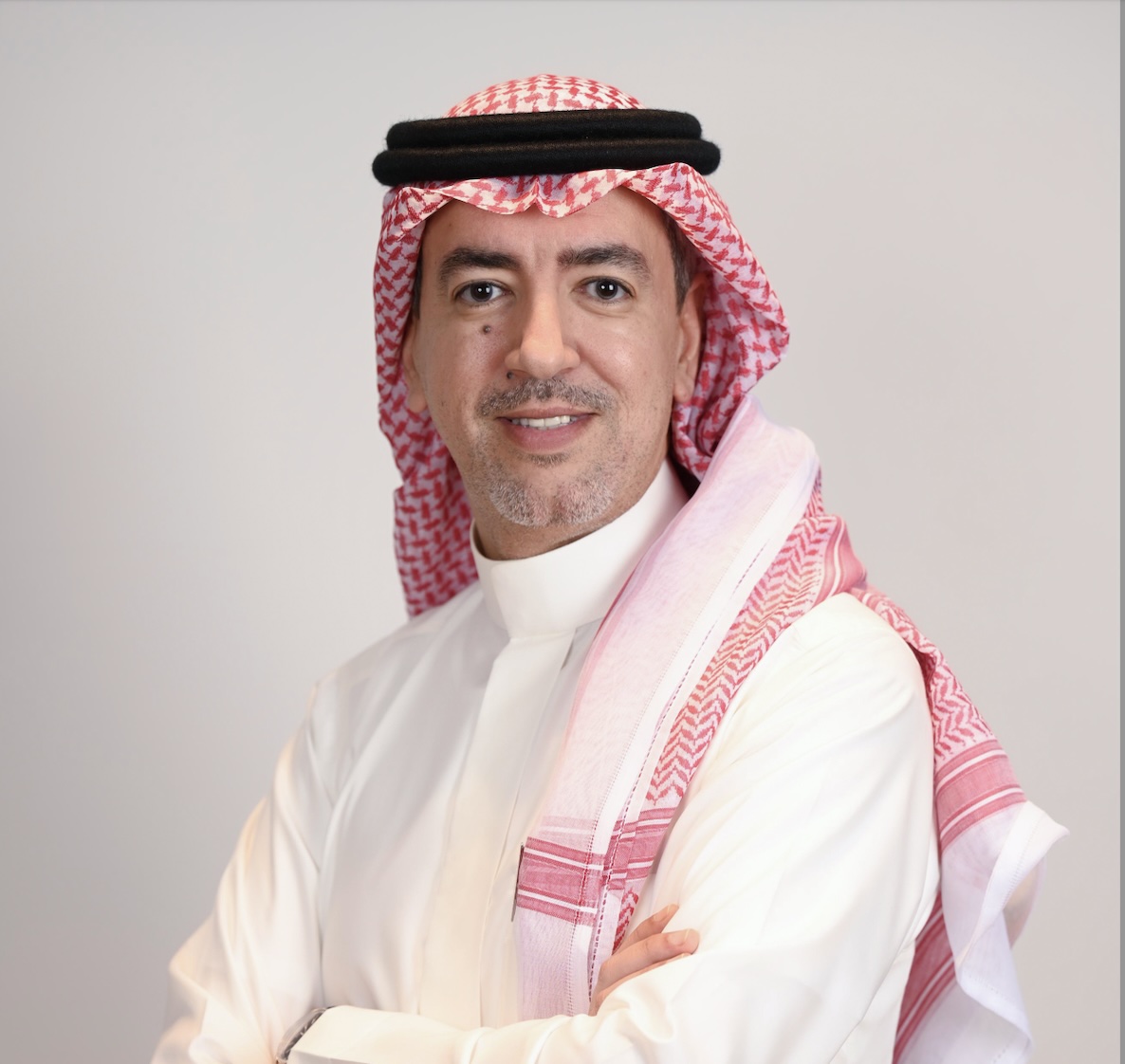RIYADH: Chalhoub Group is strengthening its presence in Saudi Arabia by launching a regional fulfillment hub in Riyadh and inaugurating a new luxury store in Solitaire Mall.
The company’s latest investments underscore its commitment to the Kingdom’s evolving retail landscape, in line with its long-term expansion strategy.
The new fulfillment center, located in the Riyadh free zone near King Khalid International Airport, is designed to boost the company’s e-commerce and distribution operations, serving Saudi Arabia and the broader region.
In an interview with Arab News during the Retail Leaders Circle Global Forum 2025 in Riyadh, Patrick Chalhoub, executive chairman at Chalhoub Group, highlighted the facility’s strategic role.
“It’s a fulfillment center, which is aiming to really service both our digital and e-commerce drive, our distribution in Saudi Arabia but also beyond Saudi Arabia from Riyadh, gradually, to be really a hub of distribution,” he said.
The hub is expected to process up to 100 million luxury products at full capacity, leveraging advanced technology to optimize logistics and improve delivery speed.
“The aim, like in e-commerce, is to be able to fulfill in Riyadh within two hours, in Saudi Arabia within 24 hours, outside Saudi Arabia in less than three days,” Chalhoub stated.
“This will be and is the heart of the market, so it’s better to be based in the heart of the market and not be based outside and servicing the market,” he remarked, referring to the Kingdom as the center of luxury retail.
Chalhoub Group has been present in the Saudi market since 1959 and has witnessed significant policy and economic shifts over the decades, the executive chairman highlighted.
The company now employs approximately 5,000 people in the Kingdom, with 78 percent of its workforce being Saudi nationals and 74 percent women.
As part of its retail expansion, Chalhoub Group is also set to open a new store in Solitaire Mall in Riyadh on Feb. 12.
The store is designed to deliver an enhanced shopping experience, reflecting the company’s focus on innovation in retail.
Chalhoub highlighted that consumer behavior in the Middle East differs significantly from other regions, driven by cultural and social dynamics.
Unlike Western markets, where individual preferences often dictate shopping trends, the Middle East places a strong emphasis on family-oriented experiences.
Human connection is central in shaping commerce, with relationships and social interactions deeply influencing purchasing decisions.
He underlined that while some of these characteristics can also be found in regions like Latin America and parts of Asia, they are far less prevalent in Western markets.
Additionally, the retail landscape within Saudi Arabia itself is highly diverse, varying by region. Consumer preferences in the western, central, and eastern parts of the Kingdom are distinct, reflecting localized tastes and traditions.
Chalhoub pointed out that Saudi Arabia’s rapidly growing young population is another key driver of change.
With high birth rates and large families, the country’s demographics present significant opportunities for brands. Increasing education levels and digital connectivity are also shaping a new generation of more knowledgeable, globally aware, and tech-savvy consumers.
He emphasized that this evolving demographic is one of the most valuable assets for the Kingdom and the broader Gulf region.
Chalhoub provided insights into the global luxury market, emphasizing the Middle East’s growing but relatively small share.
The worldwide luxury market — including beauty, fashion, jewelry, watches, and gift items — is valued at approximately $380 billion, with the Middle East accounting for $12.5 billion, or around 3 percent to 4 percent of the total.
However, for successful brands, the region can represent between 5 percent and 7 percent of their global sales, highlighting its potential for further growth.
Saudi Arabia’s luxury market is currently valued at nearly $3.5 billion, making up less than 1 percent of the global luxury sector.
In comparison, the UAE, driven by tourism and local demand, boasts a luxury market exceeding $7 billion to $8 billion.
Chalhoub also noted that despite their smaller populations, countries like Qatar and Kuwait have well-established luxury fashion markets, in some cases surpassing the Kingdom’s in terms of spending per capita.
Given Saudi Arabia’s population of over 33 million, compared to Qatar’s 2 million and Kuwait’s 5 million, he suggested there is room for significant market expansion in the Kingdom.


























